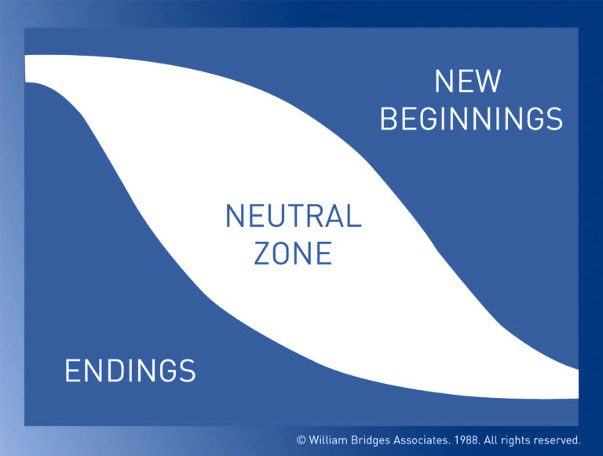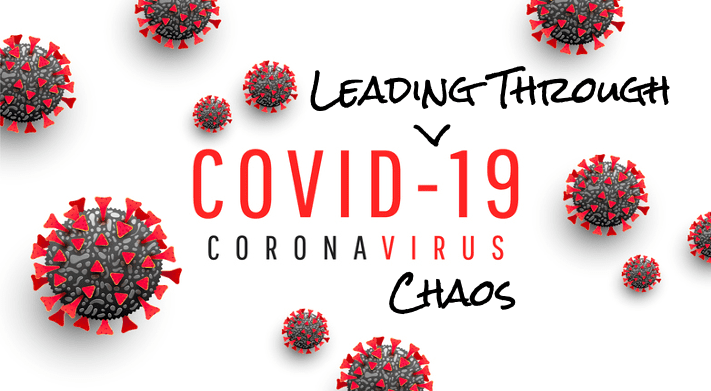COVID’s Silver Linings: Five Things Teams Want to Take with Them to the New Normal
This weekend I sat outside at my favorite local brewery and was immensely grateful that things were beginning to look like pre-COVID times.
And yet, having facilitated countless Zoom call “check-ins” with our leadership cohort groups, it’s also apparent that many of them don’t miss a lot of things that were part of our everyday life pre-COVID. As a follow up to the discussion on Leading Through Chaos, here are some of COVID’s silver linings teams want to carry forward:
Better balance. Some of us have seen more of our families in the last three months than we did in the entire year prior. This time to come together with family has been a completely unexpected gift for many. Carving out time for family can be hard, and yet my hope is we will find ways to achieve this better balance going forward.
Deeper team relationships. Many leadership cohorts were grateful for stronger personal connections among colleagues. Indeed, despite the virtual distance, we’ve connected with our teams more than ever during this pandemic. I’ve heard numerous times how much people have appreciated their boss and colleagues calling in to check on them and their families. This connection among teams not only makes for happier employees but also drives team cohesion and performance.
Quicker decision making. We’ve had to make decisions quickly with imperfect and incomplete information. We’ve had to push the button when we weren’t positive it would work. And surprisingly, many of us have experienced better results. Sometimes we get so bogged down in analysis that we unnecessarily bottleneck our decision-making process.
Cross-functional collaboration. This one I didn’t expect, but teams have described more cross-functional collaboration and cooperation. People are jumping in to help their colleagues and working more collaboratively toward common goals, often moving beyond the confines of their job titles to drive results.
Focusing on the essentials. The challenge (and beauty) of a crisis is that it forces companies to focus on the things necessary to move the business forward. For leaders, this can also mean less micromanagement and greater autonomy for employees. Ironically, this bottom-up empowerment model often drives better results than when managers feel like they can handle it all.
As businesses reopen and life seems to revert to the pre-COVID days, we also know that the world-and business broadly-is an undoubtedly different landscape than it was February. And while it’s easy to slip into our old ways, we need to reflect on what has worked well in the COVID environment. While the weeks at home without restaurants and gyms were a challenge, there were also many silver linings.
We love hearing from our teams; if you would like to share more about your COVID experiences and silver linings, please comment below.
Leading Through Chaos: Embracing the Neutral Zone in Transitions
As we’re starting to move from COVID-19 crisis management and stay-at-home orders, the conversations are shifting-they are more hopeful and encouraging, but cautious. Transitioning to the new normal will undoubtedly be a slow process. And questions abound as to what the “new normal” will look like at home, at our jobs, in our communities, and for our world more broadly.
As we’ve been working with leaders to help them navigate this sea of uncertainty, Bridges’ Transitions Model has provided a particularly helpful framework. Around for almost thirty years, the model helps leaders and organizations understand how to transition from old paradigms and mindsets to new models and ways of being. The model is insightful because it talks about transitions rather than changes. Changes are external and often beyond our control; they are situations and events. Transitions, on the other hand, are internal and within our control; they are how we react to changes. COVID-19 is a (major) change-how will we transition?

Applying Bridges’ Transition Model to the COVID-19 crisis, most of us are now in the neutral zone. We understand there are changes, and the novelty of the situation has started to wear off. We are looking ahead and asking questions. But while there may be a tendency to rush straight through to the end zone, the neutral zone actually poses an opportunity for innovation and thinking anew about how we work and live.
For leaders today, we should use this neutral zone as a time to reflect, explore, and be curious about our prior ways of doing things. Are there opportunities to improve, innovate, and adjust? It is no coincidence that some of the most cutting-edge companies have birthed new creations through chaos in their transition to a new normal.
So, if you’re working with teams, embrace the neutral zone as a field of opportunity to explore new options. Searching for new opportunities may not mean a complete restructuring of your business. It may be as simple as small changes to drive customer value or boost efficiency, or even resolving to do more of what you love.
If anything is certain with COVID-19, it’s uncertainty. Let’s not accelerate too quickly toward our new beginnings. We may miss a golden opportunity to bring something really amazing into the world, our organization, our teams, or our families.
To learn more about making the most of change, you can check out William Bridges’ book, Managing Transitions on Amazon or find a helpful summary here.


